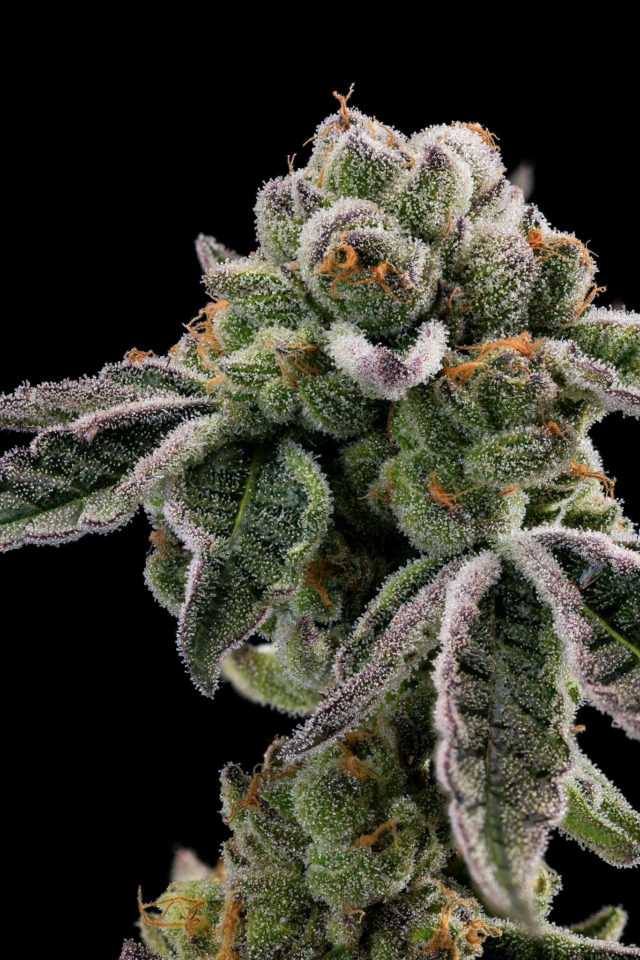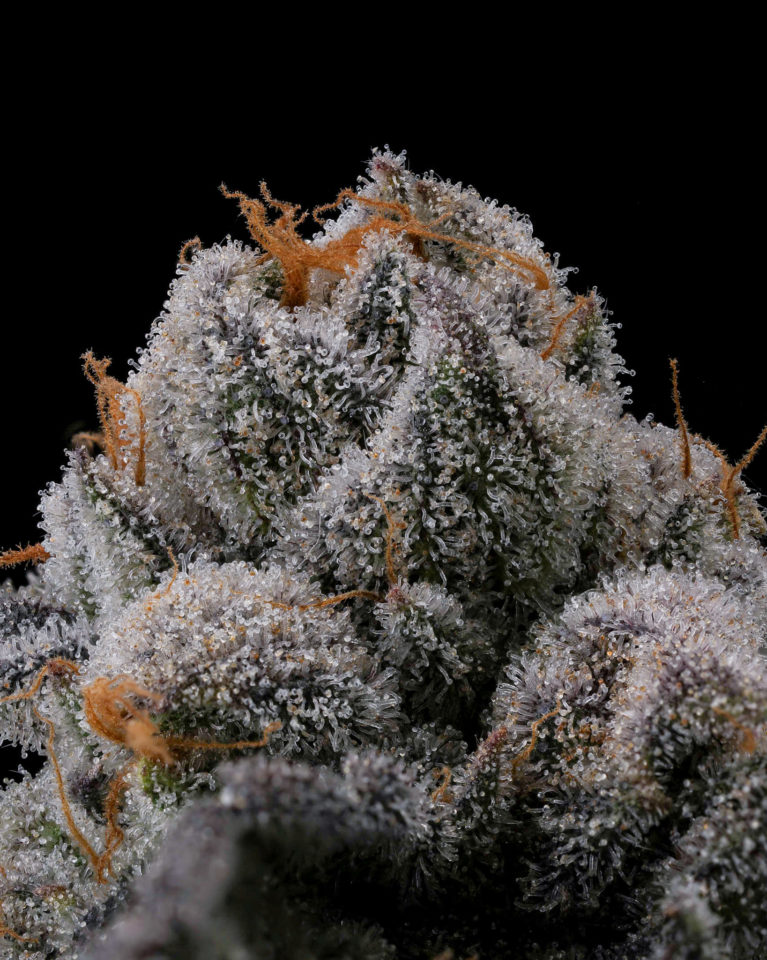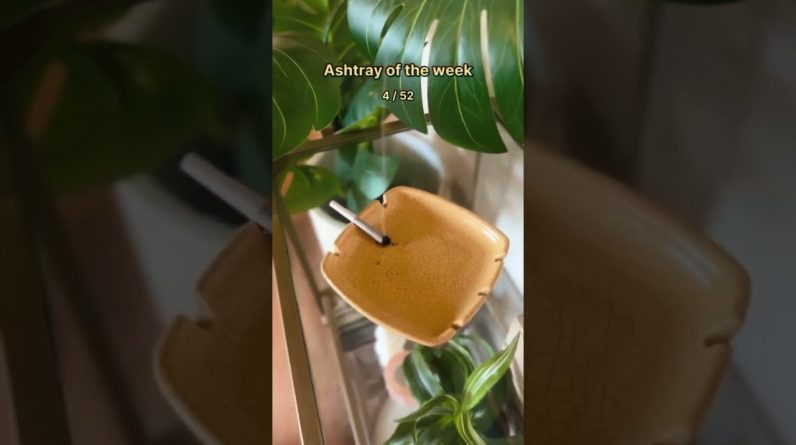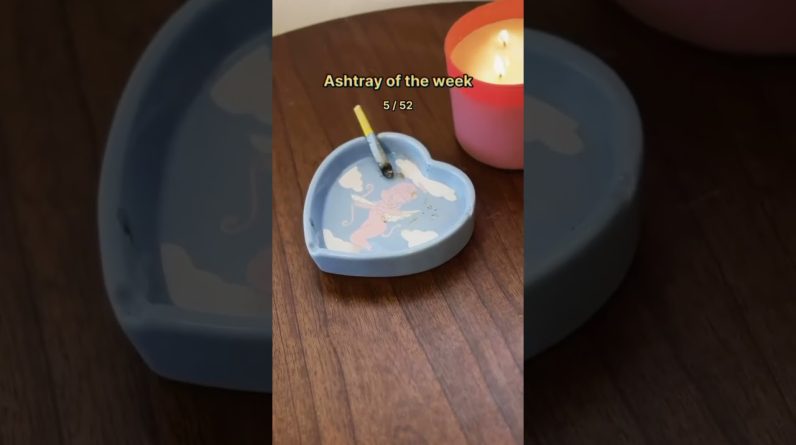Although much of the focus of this article is on the current landscape of the cannabis market in California, the following can easily be interchanged with similar scenarios happening throughout the world.
The Rise of Craft
Cannabis has a history of hiding—albeit involuntarily—in the shadows. For the better part of a century, cannabis cultivators operated underground, hiding in basements, closets, attics, and warehouses hoping to avoid stringent law and harsh punishments. Although this tendency toward covertness limited access to most, it would have a profound impact on the industry, providing the perfect conditions for what would ultimately become the birth of craft cannabis.
The road to craft was a long one, starting out with a whole lot of inferiority: for decades, brick weed, Thai stick, and low-quality hash glutted the marketplace. But as politics shifted and the War On Drugs began, relatively lax laws got ever more strict and began to limit the flow of product across borders. Growers moved indoors as supply dwindled from abroad, and domestic quality rose to meet demand as producers aimed for top dollar, all whilst giving consumers the most enjoyable and potent high for their money.
Due to this high-risk, high-reward scenario—not to mention the exorbitant cost of weed—only those who truly loved cannabis sought it out. Most pot users consequently favored high-quality products over cheaply-made ones; potent, lasting highs over weak and quick highs; and craft small batch to mass production (indoor bud to seeded shwag, for example). The market inevitably shifted in favor of producers who were ever more quality-driven, striving to give consumers a product that was truly worth the high price-point and risk.
Then in 1996, California revolutionized the cannabis industry when it introduced prop 215, a ballot measure legalizing medical cannabis. Thanks to 215’s relatively forgiving laws, small-scale producers were able to step into the light, exploding into a cannabis cultivation, extraction, and edible frenzy the world had yet to see—both in number of producers and products available.
Armed with newly-minted medical cards, the masses finally felt safe enough to consume, purchase, and—most importantly—be a part of the cannabis supply chain for the first time ever.
By the time 215 rolled around, though, long-term consumers were already pretty picky, and most heavy cannabis users whipped into a frantic search for the best they could find. Since everyone could grow, the challenge was no longer just obtaining weed, but getting the highest quality out there.
A craft consumer base was thus born, built of a community that prized bud with maximum flavor, effect, and appeal. California overtook British Columbia as the worldwide mecca for high-quality weed, and terms such as cali-grown and cali-bud gained notoriety.
Legalization—which, in the context of prop 215, created such a beautiful cannabis ecosystem—would ironically snuff out the very thing it had allowed to thrive. In just two decades California would be hit with prop 64, and widespread legalization would change the face of the industry once again, putting craft back in the shadows and placing the limelight on profit through scale—often at the price of quality.
Legalization and Its Pitfalls
Legalization looked—if just for a brief second—so very promising. When in 2016 prop 64 was signed into law, a very clear acreage cap was meant to go into effect for a five year period. This would have proven integral to preserving the industry, as the acreage cap was intended to promote investment into small producers, safeguarding them AND seamlessly transitioning the older 215 model into something sensible for all involved.
Due to various levels of corruption—from industry megalomaniacs, greedy investors, and government officials—loopholes were quickly found in the language of the law to allow for something called “license stacking.” Some of the very industry insiders involved in helping write the legislation were, in fact, some of the first people to help find these “holes” and immediately take advantage of them. The promised acreage cap fell apart, and the rush to build the biggest facilities was underway. Some mega farms, in fact, were already built for day 1 of legalization by those who were in the loophole know.
For true craft cultivators, there’s an inherent understanding that scalability can come at a price; it’s a slow, organic process that has to be based on repeatable standard operating procedures that can be proven over time, not just waking up one day and being able to run 2,000 lights.
But this didn’t stop Two Lighter Terrys (term c/o Jimi Devine) from hoodwinking investors, hawking the idea they could grow as many lights as possible without any hiccups. Throwing out fancy words such as vapor pressure deficit, cal-mag and photosynthetic photon flux density, they convinced investors that no facility was too big for them to handle.
Well, anyone who saw how bad the weed was at the inception of 64 can attest that these Terrys were simply charlatans, as the last remnants of true craft bud from 215 quickly disappeared off dispensary shelves. It was a bitter situation for small-scale cultivators who had any integrity; growers who were honest about financial expectations, investment returns, and the state of the industry suddenly had to compete against fast-talking frauds for a share of the limited investment capital trickling into cannabis.

Resiliency of Craft in the Marketplace
To say craft is returning would be a misstep, as it’s always been here as a robust and raging marketplace. I’d rather say this: in an industry where everyone is losing so hard, there’s only one clear outlier—and that’s small-scale, super high-quality producers. The ocean of mid-grade cardboard boof is in fact helping these craft producers stand out like diamonds in a sea of zircons, as the demand for bud with a high trichome density, sticky feel, and loud-as-can-be terpene profile is through the roof.
Let’s face it: the cannabis community is so exhausted by the crap produced by incompetent individuals that it’s been more lucrative than ever for craft producers who are outshining the mid-grade atrocities of 64. The high-end is, in fact, so rare nowadays that certain individuals with limitless funds find themselves paying upwards of $1,400 an ounce just to access some of these craft markets. (This has actually created a bit of a separate issue of its own: price gouging and the development of the “custy,” which we’ll definitely touch on in future articles.)
During the height of the 215 era, a pound of the best sticky-icky ranged anywhere from $2,500-$3,200. The best part was, due to lenient vending laws, the average customer could easily access the true craft at their local dispensary for $50-$65 an eighth tops. Still not cheap, but a far cry from what we’re seeing nowadays on dispensary shelves from a bang-to-buck perspective.
I think it’s pretty clear: the biggest blunder of legalization was excluding craft growers from an easy and affordable path to licensure. By doing this, those in charge have pushed consumers away from dispensaries and delivery services, forcing them instead to ask friends where they can get product with some goddamn quality to it. If the recreational cannabis market is to be saved, all levels of quality need to be accessible and re-organized into a fair marketplace for all.
Making Craft Accessible
Alright fam, we’ve arrived to the place where I give my unsolicited opinions and some solutions on how to save this atrocity called legalization, increase tax revenue for the state, and make craft cultivators part of an industry that they helped build.
First and foremost, California needs to fix its issues with corruption and lying to voters—a problem far beyond the scope of the cannabis industry alone but one that has tremendous bearing on it. It couldn’t be more obvious that legalization was touted as a play for accessibility, but we’re meanwhile seeing customers jump in droves back to the traditional marketplace just to get the quality they desire.
Politicians need to care more about total tax revenue than trying to work with a miniscule selection of companies. When a government chooses to work solely with a few wealthy individuals, it reeks of foul play and the desire to enrich only a select few and themselves, whilst preventing the general public from taking part in the wealth. Although it’s only speculation, it wouldn’t be out of line to assume certain officials are getting slipped a little special something for their complicity with what’s happening now. Ultimately this hurts the whole state, as billions of dollars of untapped tax revenue get lost to traditional sales. If inclusivity was properly implemented, that revenue would instead be shoveled into state coffers, increasing access to funds for necessary social and public upgrades. (Like for real, can someone fix the roads?)
To solve these issues will require a multifaceted approach that embraces the true essence of what legalization represents. To me that essence is obvious, and to many industry heads with whom I discuss the topic as well—ensuring a safe and quality-driven product that will not harm consumers.

Standardized Testing
First off, let’s stop with the ridiculous test-result scavenger hunt; standardize lab testing so that every single lab has identical results and standard operating procedures for the same product. Potency and terpene testing can be optional for this, and the main focus should be cleanliness from contaminants, pesticides, and pathogens.
Furthermore, placing labs under the highest level of scrutiny from a governmental oversight standpoint is key, as again this is the gateway to a safe vs. unsafe product for the consumer. The fact that multiple labs have been shut down or fined for faking lab test results, not just from a potency perspective, but from passing contaminated product off as clean, is highly indicative of a failed system.
Specialized, Accessible Markets
The next step would be creating a special taxed marketplace—operating much like a farmer’s market or bazaar of sorts—and it would allow ALL people who wished to sell cannabis products. The one contingency would be that all cannabis producers involved would have to submit their product to a secure testing facility. Only once it passes testing can it be brought to the marketplace and sold fairly.
This is, in my opinion, perhaps the most important piece of the puzzle on saving the industry. Why should it matter if product is grown in a $100 million dollar facility or a garage that costs $40,000 to retrofit? Especially when the latter option tends to be far superior. It’s going to be done anyway, and if you try and stop it you end up with a hydra-like scenario in which you shut down one small producer and three more pop up to replace it.
If products are safe for the consumer, where it’s produced shouldn’t matter, assuming you’re not causing neighborhood upset or the like… If you get reported for stinking up the block, that’s on you, bud.
Tax Revenue
Lastly, addressing the promise of additional tax revenue: the reality is more producers = more people paying tax. This enables the implementation of a very low tax rate that encourages growers to opt into the recreational market while still having reportable income to buy homes, cars, and assets. You tell every plug or farmer on the traditional market that for the (theoretically) low cost of a California sales tax they can do this openly and freely, the state would have more money from cannabis tax revenue than it could have ever dreamed of. (We might even end up with some decent roads…)
By doing this, I guarantee we’d attract the entire consumer base to a legal sales system that’s safe, benefits the state, and finally gives customers the high-end craft they’ve been dipping into the traditional marketplace for anyways. While simultaneously ensuring the safest consumption experience for all.

The Reality, and a New Hope
Of course, none of this is going to happen—at least not for now. First and foremost because it levels the playing field, and everything about legalization has so far been in service of the few and wealthy. Too many people have paid to play; and lost while playing, so tough luck changing anything in such an environment.
There is a silver lining, however, and it’s iterated beautifully by Malcolm Gladwell in his book David and Goliath. As Gladwell states, “Giants are not what we think they are. The same qualities that appear to give them strength are often the sources of great weakness.”
The unchecked avarice, greed, and short-sightedness on the part of the Chad Collective that has swept through the industry is causing something they never would have expected—the bolstering of craft cannabis and the small and humble quality-driven producer. After all, what’s to be done with these millions of square feet bled into production that never made any sense to begin with? After hoodwinking investors into infinite growth charts and expansion plans that require an intergalactic population of cannabis-loving entities to consume, there are ever more Chads crapping out of the game—leaving in their wake vacant state-of-the-art facilities for the taking, at a fraction of the price it cost to build.
For all my craft-minded producers who have waited ever so patiently on the sidelines as these morons of epic proportions have played at “cannabis CEO” for companies that popped up overnight, I say: wait just a little bit longer. Your time is coming, the infrastructure is built, and the real cannabis industry will soon be able to play at a rate that would be laughable to those who tried getting in at the advent of legalization.
Because here’s the thing: everyone deserves really, really good weed, and they deserve it at a fair price. With the transition that’s coming, I expect this goal to be achievable in the not-so-distant future, when the ocean of mids inevitably dries up and a sea of quality-driven craft washes in to replace it.
The post CRAFT: The Beating Heart of the Cannabis Industry appeared first on High Times.
Source: https://cannabisworld.biz/2022/08/26/craft-the-beating-heart-of-the-cannabis-industry/





